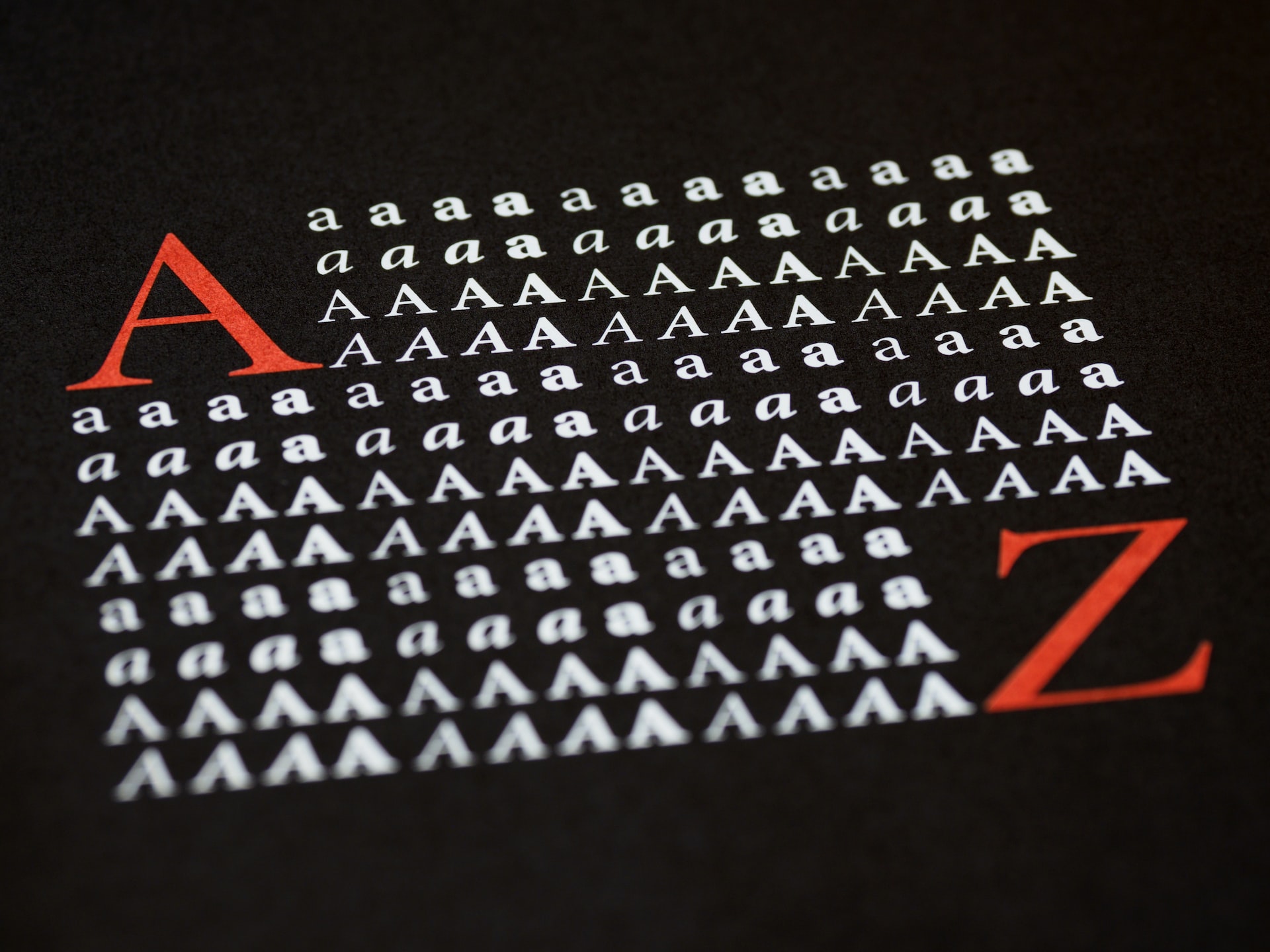Are you using a website for your business but haven’t seen any improvement in your conversion rates and online traffic? Posted a new product or service on your website weeks ago but didn’t receive any inquires? If so, you might be committing common website design mistakes.
To create an effective website, it’s not enough that you know what elements to incorporate; it’s also crucial to identify the mistakes to avoid. This article will help you streamline your efforts so that your website becomes a powerful tool for marketing and customer engagement.
Below are the four common mistakes of web design and how you can avoid committing them:
1. Too Much Going On
You can incorporate numerous design elements into your website, but this doesn’t mean that you should. A cluttered-looking website will confuse and frustrate online users, as they’ll likely have a hard time navigating through the platform or finding the information they need.
Remember, users’ attention span when browsing websites is only around eight seconds. If they can’t understand your website within this timeframe, they might immediately click the close button. They might even visit your competitor’s website and patronize products or services from them.
The solution: Embrace simplicity in your web design, which means you should keep your website simple and refrain from excessively using images, ads, and links. However, if you don’t have the resources to build or change your web design, consider hiring digital marketing agencies.
When you visit sortlist.co.uk and other similar websites, you’ll notice that reputable digital marketing agencies can create clean websites to help your business gain more traction. These agencies can help you have a simple yet effective web design that can allow you to grow your business.

2. Terrible Navigation
In general, users visit your website because they want to learn more about your business—what your offerings are, where your location is, or how they can reach you. However, regardless of how urgent they want these pieces of information, if your website has navigability issues, they will immediately leave the page seconds after visiting it.
Terrible navigation is a common web design mistake many are guilty of committing. When your navigation menu is hard to find, your in-search feature doesn’t provide relevant results, or your signposting has confusing messages, users won’t have any second thoughts about abandoning your site.
The solution: To improve your website’s navigation, try dividing categories clearly and using accurate navigation titles. You should also be consistent in placing search bars on your web pages. For example, if the search bar is located in the upper right corner of your home page, all of your web pages should show the same feature in the same location.
Most importantly, you should ensure that your in-search feature works and doesn’t send a ‘No results found’ message to users whenever they use it. The in-search feature is essential in creating the best user experience, as users can easily find the information they want.
3. Not Mobile-Friendly
Since 90% of the world’s population uses a smartphone to access websites, it’s important that your web design is mobile-friendly. If your web design is appealing and functional only when accessed on desktops, you’ll lose the opportunity to convert users who rely on their smartphones. This situation can significantly hurt your business since there are billions of smartphone users today.
The solution: Ensure that your website is mobile-friendly by using a mobile-responsive template or theme. You should also change your website’s button size and placement depending on how users hold and use their smartphones.
In addition, don’t forget to eliminate pop-ups, as these will make it challenging for smartphone users to read the content. Remember, smartphones have smaller screens compared to computers, and pop-ups will only cover important information.
4. Lacks Call-To-Action or CTA Buttons
Call-To-Action or CTA buttons are important in a website because these function as a signpost to guide users on what they should do next. With clear CTA buttons, you can guide users to buy products, visit your blog, submit their contact information, or sign up to your email list.
CTA buttons are essential for many reasons, yet many websites still don’t have them. Using a website that doesn’t have any CTA buttons won’t give you any positive results, as users will likely leave your website because they won’t know what to do next. Instead of spending time and effort navigating your website, most users will likely choose to leave the platform.
The solution: Prioritize creating high-quality CTA buttons on your website to increase conversion rates. These CTA buttons should use action-oriented words to encourage users to take action. Words such as ‘Request’, ‘Buy’, ‘Download’, or ‘Learn’ are great examples, as these are simple but highly descriptive terms and provide instructions on what users should do next.
Conclusion
Your web design will impact how your potential customers see your brand or business. Thus, it is important to have a flawless website to attract clients and customers.
However, if you don’t have the resources or capacity to avoid and correct your web design mistakes, consider hiring digital marketing agencies. The best web design company will employ professionals who have in-depth experience in web design, allowing your business to have an effective website!
















